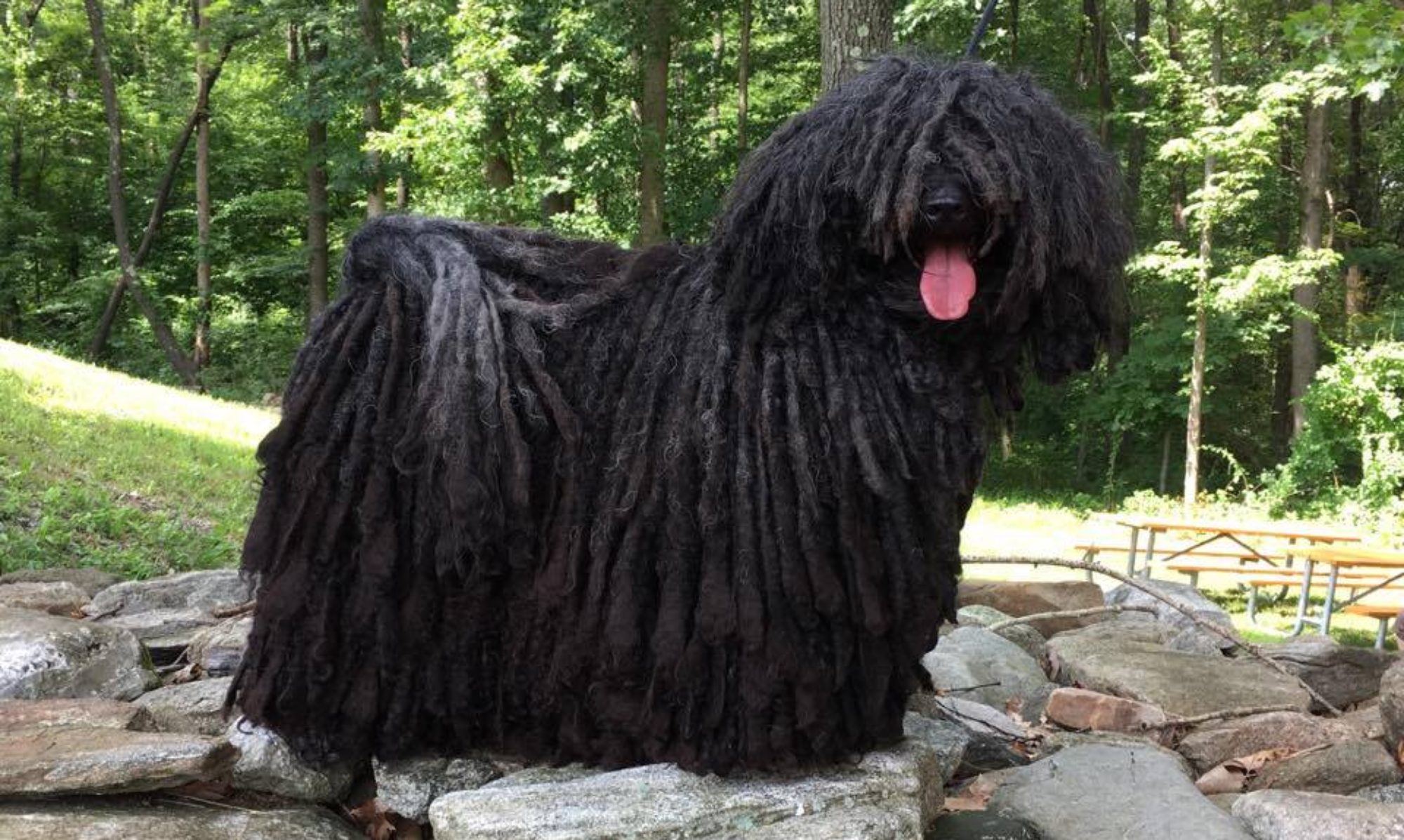What Every Puppy Parent To Be Should Know!
The only way to be sure YOUR Puli puppy is negative for this disease is to ask your breeder to provide you with the negative DNA test results of your puppy’s parents.
CAUTION: There are unscrupulous breeders that may offer a 3 to 5 Year health guarantee against Degenerative Myelopathy (DM).
What they don’t tell the unsuspecting Puppy Parent to be, is that DM is an age related painful and debilitating disease with symptoms typically beginning at 6 years of age or older.
Degenerative Myelopathy is an incurable progressive disease of the spinal cord.
In Degenerative Myelopathy it is thought that the immune system attacks the Myelin (the insulating sheath around the neurons in the spinal cord) breaking it down. This results in a loss of communication between nerves in lower body and the brain.
Progressive muscle weakness and lack of coordination of the hind legs are typically the first signs observed in affected dogs. Over time, the disease progresses to complete paralysis of the rear and eventually the front legs. Bladder and Bowel incontinence are common. Eventually cranial nerve or respiratory muscle involvement necessitates euthanasia.
Breeding risks for Degenerative Myelopathy can be calculated using the Punnett Square:
If both parents are clear (N/N) then all of the puppies will be clear
If one parent is a carrier (N/A) and one is clear (N/N) then roughly 50% of the puppies will be clear and 50% will be carriers
If both parents are carriers (N/A) then roughly 25% will be clear (N/N), 50% will be carriers (N/A), and 25% will be affected (A/A)
If one parent is clear (N/N) and one parent is affected (A/A) then all puppies will be carriers (N/A)
If one parent is a carrier (N/A) and one is affected (A/A) then roughly 50% of the puppies will be carriers (N/A) and 50% will be affected (A/A)
If both parents are affected (A/A) then all puppies will be affected (A/A)
Beware of the Backyard Breeder or Puppy Mill: The stock of the Backyard Breeder/Puppy Miller is likely to be inferior and may carry a host of physical and/or temperamental defects not immediately visible to the untrained eye of the unsuspecting puppy parent to be.
The potential puppy parent only sees an adorable little puppy…
There is a simple, cost effective DNA test for DM that offers a breeder the knowledge to make educated breeding decisions that offer a puppy a full life, free of pain and disease from DM.
Health testing is paramount. A good breeder will health test for breed specific conditions and provide documentation of clearance upon request. Be aware of the health conditions that can affect the Puli. Be sure your breeder performs the following health tests:
Health Tests for Pulik
DM – Degenerative Myelopathy
Eye Cerf
Hip Dysplasia
Patellar Luxation
